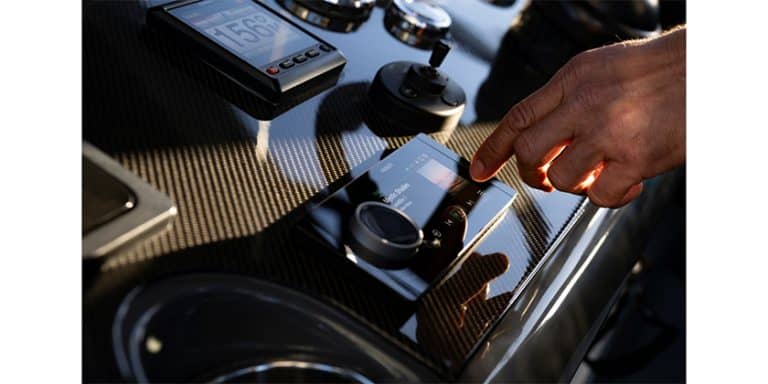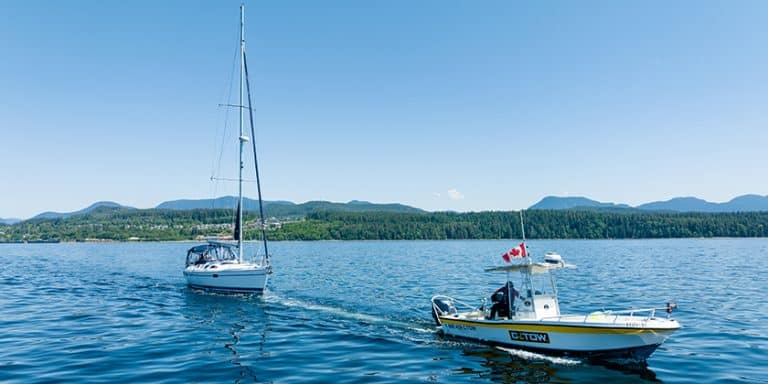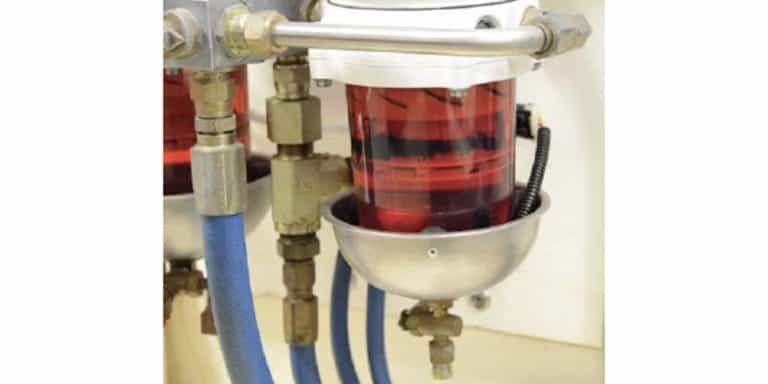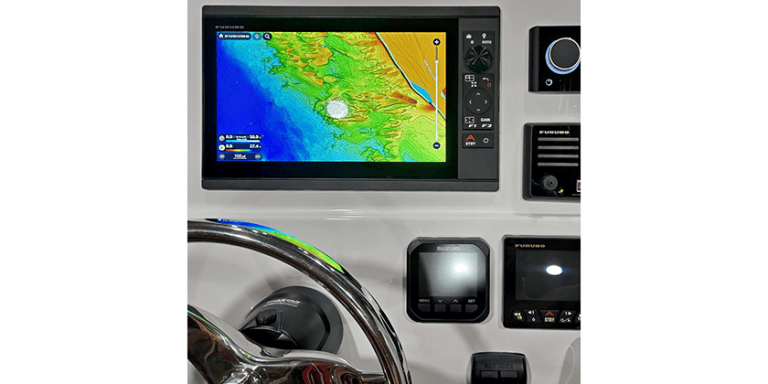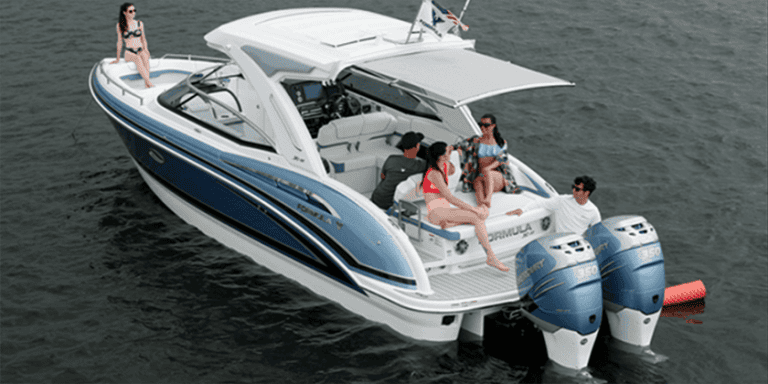Ten Winter Storage Dangers
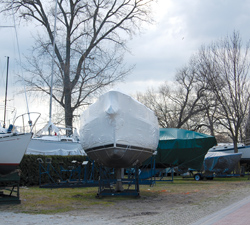
By Andy Adams
 A few people winterize and store their own boat. Many of us pay the pros to do it.
A few people winterize and store their own boat. Many of us pay the pros to do it.
Spring commissioning is far more rewarding because you are preparing for a great summer with your boat. Winterizing is a tough chore because we usually keep boating until the weather turns nasty, plus you are struggling with that “down-feeling” that the boating season is over.
That makes it doubly hard to dig in and do a great job of winterizing and protecting your boat for the winter. But, there are dangers over the winter that can bring an expensive surprise next spring, so paying the pros to do it right makes a lot of sense.
Whichever way you go, do-it-yourself or the professional route, here is a reminder list of those winter dangers.
Freezing Water
• Water can and will get in anywhere and it freezes everywhere in Canada.
• Store your boat with the bow up a bit so that underfloor areas, cockpit drains, deck scuppers and all areas empty out the open seacocks and drains.
• Watch for water runoff problems nearby.
• Secure supports under the shrink wrap or boat cover to prevent water from pooling and spilling in.
• Go to all appliances and accessories that use water, like the fresh water wash-down, live well, bilge pumps, sinks, washrooms and drains and ensure they are dry.
• Dry these by blowing out with compressed air or by displacing any water with non-toxic plumbing antifreeze.
• Cooling water runs through the engine, the generator, the air conditioning units and the lower unit drives. It all has to be drained.
Moisture and Condensation
• Remove electronics and store in a warm, dry place.
• Remove antennas and couplers, then spray exposed cable ends with a protective lubricant and wrap with electrical tape.
• Empty all lockers, clean and spray with a mildewcide.
• Block open hatches, ports, oven and refrigerator doors and leave all cabin and locker doors open, then lift up floorboards to air out the whole boat.
• Hand wash your sails with warm water using a mild detergent, let dry thoroughly and store at home in a cool dry place.
• Remove cockpit and bridge covers, clean with marine canvas cleaner and store in a cool, dry place.
• Place silica gel or moisture absorbent pillows in drawers and around the bilge.
Lack of Ventilation
• Scrub out the interior and dry thoroughly. Spray a mildewcide in drawers, cabinets, galley sinks and shower areas.
• Clean refrigerator or icebox using warm water and baking soda.
• Clean bilges before storage.
• Cover the boat leaving adequate openings for ventilation.
Animal Intrusion
• Cover intrusion entrances like exhausts, seacocks and vents.
• Store the boat up high enough that most small animals can’t easily get in.
• Consider moth balls to keep pests out.
• Don’t leave nesting materials handy.
• Cover the mast and all engine vents to prevent nesting.
Corrosion
• Spray electrical connections with moisture displacing lubricant.
• Fiberglass oxidization is a form of corrosion. Use marine cleaners and polishes to protect the surfaces.
• Apply a coat of marine metal polish to rails and deck hardware. Remove growth on struts, outdrives and trim tabs.
• Inspect and lubricate seacocks, steering systems, throttle cables and all other moving parts.
Sun Damage
• Cover the boat from direct sunlight.
• Clean and polish the bottom to protect from reflected sun on snow on nearby water.
• Remove all upholstery and store in a safe place at home.
Wind Damage
• Secure covers so domes and fasteners can’t beat against the boat in the wind.
• Store the boat so a storm can’t blow it over.
Theft
• If you store your boat at home, locate it where a thief can’t hitch up and drive away easily.
• Lock it up and unbolt the hitch or tongue to really slow down a thief.
• Remove the prop and other easily stolen valuables.
• Use a lock bolt on engines and other parts.
Tipping or Falling
• Use a proper cradle located on solid ground. Stands are less secure.
• If you store your boat on a trailer, block that on stands in case a tire deflates.
• Remember that freeze/thaw cycles can make previously solid ground into mush in spring.
Fuel Degradation
This year, changes in gasoline also complicate matters. The storage advice has changed since last year. The concern is about ethanol in the gasoline and how it can degrade over even a short time. The biggest problem with ethanol enhanced fuel, called E10, is the tendency for the alcohol content to absorb moisture from the air and through condensation until it “phase separates” into a black sludge that can disable the engine.
Last year, the professionals were recommending that people store their boat with full tanks of stabilized fuel to reduce the amount of air that can circulate, but the industry is now going the other way. In a recent article by Bob Eaton published in the Marina News and Boating Industry Canada marine trade magazines, he said, “E10 will also absorb water directly from humidity in the atmosphere through fuel vents. In 100 days at 70% humidity E10 can absorb enough water to phase separate. E10 is only good for 60-90 days if left without treatment. Non-alcohol based fuel stabilizers can extend the life and their use is recommended. Contrary to past practices it is preferable to leave boat tanks low on fuel and the more boats are used, the better it will be. For winter storage, leave the tanks as low as possible and treat what is left with a non-alcohol stabilizer.”
Now, let’s all hope for a short winter!

